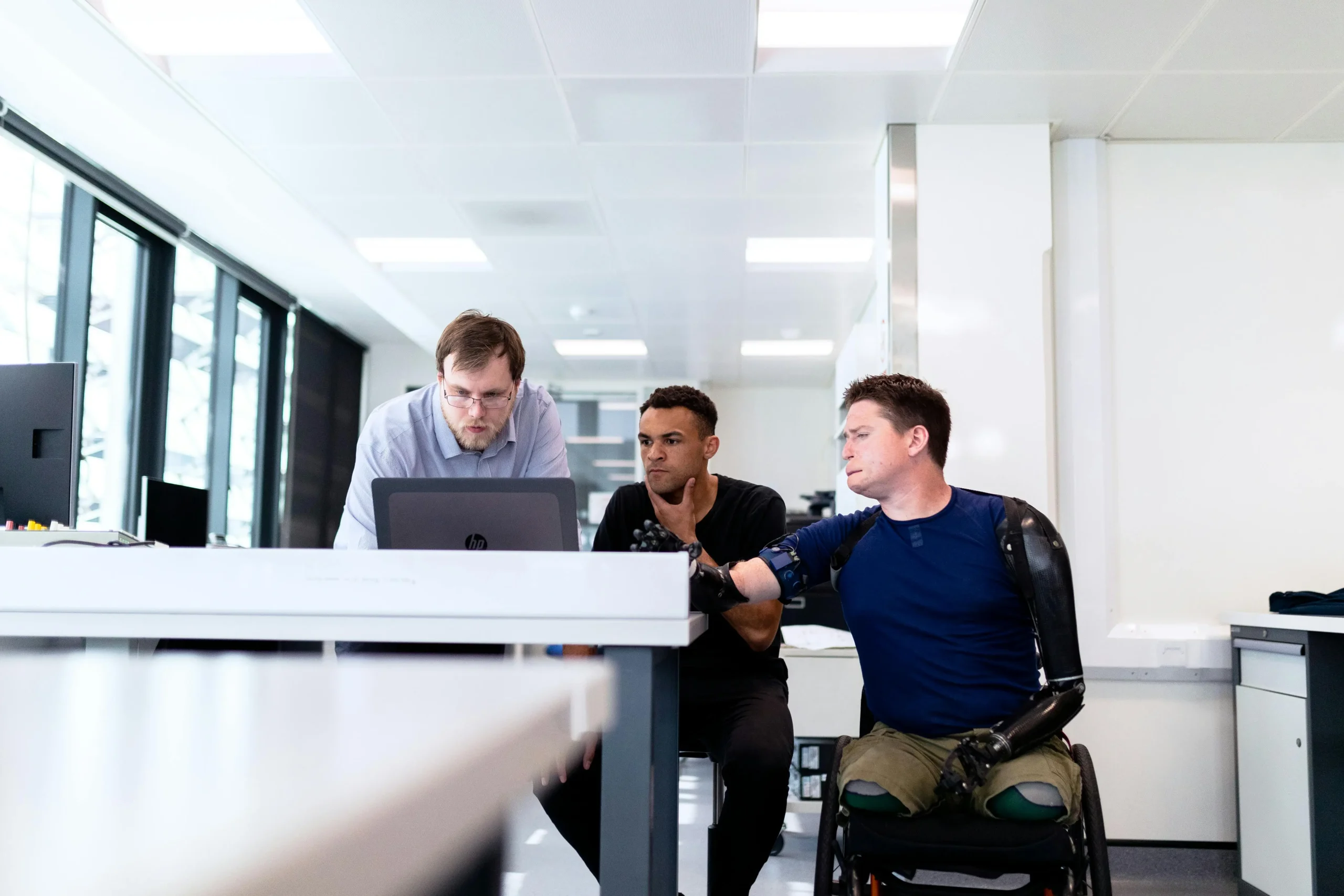In a world that thrives on diversity, creating a workplace that welcomes everyone is no longer optional; it’s essential. Inclusive workplaces are not just about checking boxes—they are the foundation for innovation, growth, and happiness in the workplace. But how do you truly build a space that embraces every individual?
“Diversity is being invited to the party; inclusion is being asked to dance.”
– Verna Myers
Let’s dive into the transformative journey of building a workplace that truly welcomes everyone.
Understanding Workplace Inclusivity
What Does an Inclusive Workplace Look Like?
An inclusive workplace is one where every employee feels valued, supported, and empowered, regardless of their background or abilities. It’s about more than just physical accessibility; it’s about fostering belonging.
The Core Principles of Accessibility in Employment
- Equal opportunities in hiring and promotions
- Removing barriers to participation
- Providing resources and accommodations tailored to individual needs
Diversity vs. Inclusivity: Key Differences
While diversity is about representation, inclusivity is about active participation. You can have a diverse team without an inclusive culture, but the two together are where magic happens.
The Business Case for an Inclusive Workplace
Boosting Productivity Through Diversity
Inclusive teams bring varied perspectives, fostering creativity and innovation. Studies show diverse teams are 35% more likely to outperform competitors.
Enhancing Employee Retention and Satisfaction
Employees who feel included are more likely to stay and contribute wholeheartedly. Inclusivity builds loyalty and reduces turnover.
Financial Gains from a More Inclusive Team
According to a McKinsey report, companies with inclusive cultures are 21% more likely to experience above-average profitability.
Real-World Success Stories of Inclusive Companies
- Microsoft: Their Accessibility program has redefined hiring for differently-abled individuals.
- Procter & Gamble: Celebrating neurodiversity in its leadership ranks.
Steps to Build an Inclusive Workplace
Step 1: Assessing Your Current Workplace Culture
Start by evaluating inclusivity gaps in your organization. Surveys and tools like employee sentiment analysis are invaluable.
Tools and Surveys to Gauge Inclusivity
Platforms like CultureAmp and OfficeVibe can help you assess employee engagement and inclusivity metrics.
Step 2: Breaking Barriers in the Recruitment Process
Inclusivity begins with hiring. Craft job descriptions that welcome diverse candidates.
How to Write Inclusive Job Descriptions
Avoid jargon and gendered language. Emphasize flexible skills and experience over rigid requirements.
Step 3: Physical and Digital Accessibility
Ensure your office spaces and tools cater to everyone.
ADA-Compliant Workspaces and Tools
From wheelchair ramps to adjustable desks, these changes signal commitment to accessibility.
Inclusive Technology for Remote Teams
Use platforms like Zoom with captioning features and ensure digital tools comply with accessibility standards.
Step 4: Fostering a Sense of Belonging
Inclusivity thrives on culture. Empower employees to be their authentic selves.
Inclusive Language and Communication Tips
Use gender-neutral terms and avoid assumptions. Celebrate individuality in team interactions.
Celebrating Diversity in the Workplace
Mark cultural holidays and host events that highlight diverse traditions.
Overcoming Common Challenges Workplace
Addressing Implicit Bias Among Teams
Unconscious bias can undermine inclusivity. Training programs can help teams recognize and overcome their biases.
How Training Programs Can Transform Perspectives
Workshops on cultural competency and unconscious bias are powerful tools for change.
Gaining Leadership Buy-In for Inclusivity Initiatives
Leadership commitment is key. Without it, inclusivity efforts can falter.
Building a Business Case for Change
Show leaders how inclusivity enhances brand reputation and revenue.
Measuring and Sustaining Inclusivity
Key Metrics to Track Progress
- Employee satisfaction scores
- Diversity in leadership roles
- Retention rates for underrepresented groups
Employee Feedback Mechanisms
Anonymous surveys and suggestion boxes create a safe space for honest feedback.
Continuous Workplace Improvement Through Policy Updates
Inclusivity isn’t a one-and-done effort. Regularly update policies to reflect evolving needs.
Conclusion
Building a workplace that welcomes everyone is a journey, not a destination. It requires commitment, empathy, and the willingness to adapt. When inclusivity becomes a cornerstone of your organization, you don’t just create a better workplace—you create a better world.
FAQs
- What is an inclusive workplace?
An environment where all employees feel valued and supported, irrespective of differences. - Why is inclusivity important for businesses?
It fosters innovation, boosts productivity, and enhances employee satisfaction. - What steps can small businesses take to be more inclusive?
Start with inclusive hiring practices and accessible workspaces. - How does accessibility improve productivity?
Employees with adequate resources perform better and stay motivated. - What role does leadership play in workplace inclusivity?
Leadership drives culture, sets examples, and ensures resources for inclusivity. - How can businesses make hiring practices more inclusive?
Use neutral language, highlight flexibility, and avoid unnecessary requirements. - Are there tax benefits for inclusive workplaces?
Yes, many governments offer incentives for hiring and accommodating diverse employees. - What technologies can aid workplace accessibility?
Tools like Zoom with captions and screen reader-friendly platforms. - How do you address resistance to inclusivity changes?
Educate teams about benefits and share success stories. - Can inclusivity initiatives benefit company branding?
Absolutely! Inclusive companies are seen as progressive and attract diverse talent.













